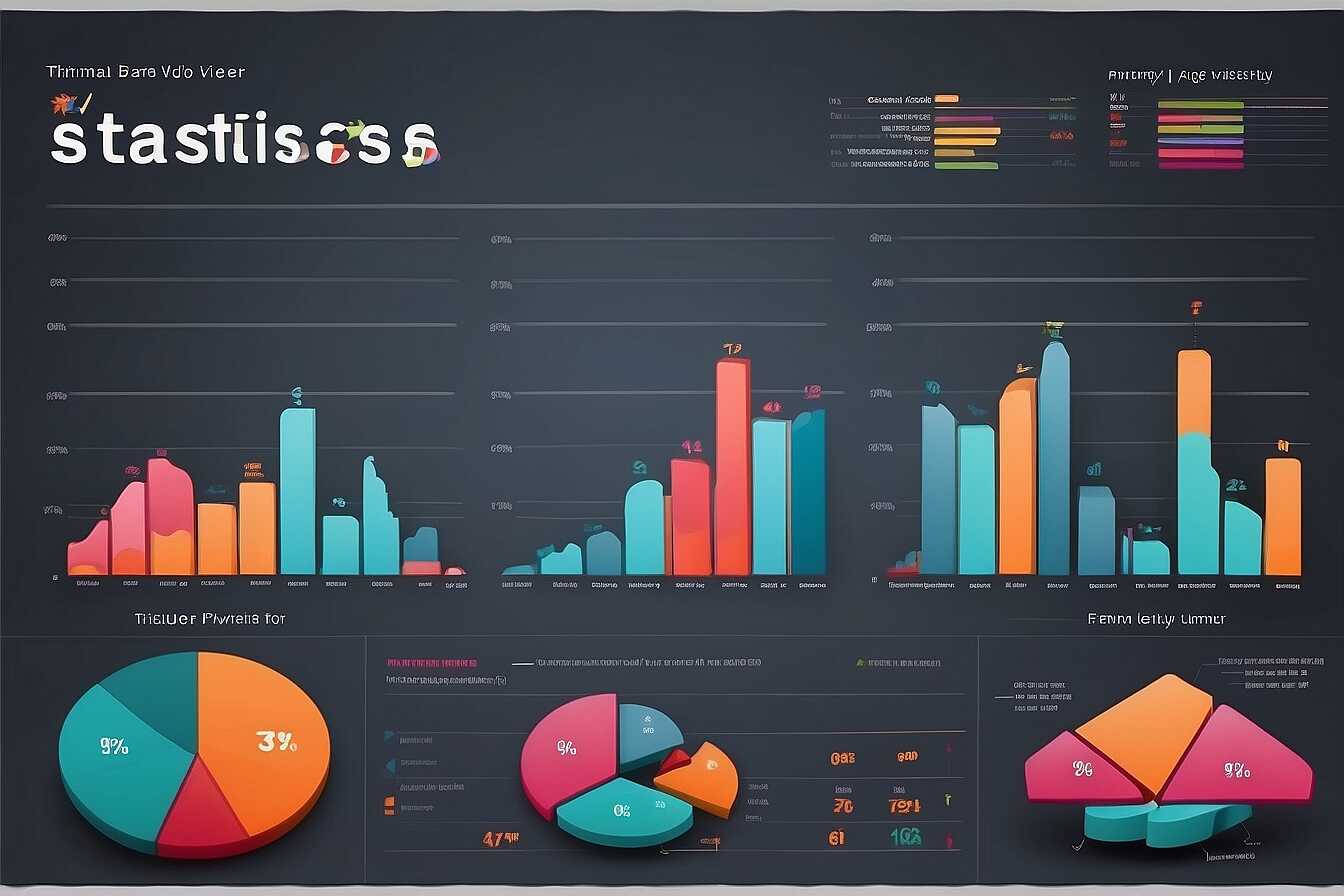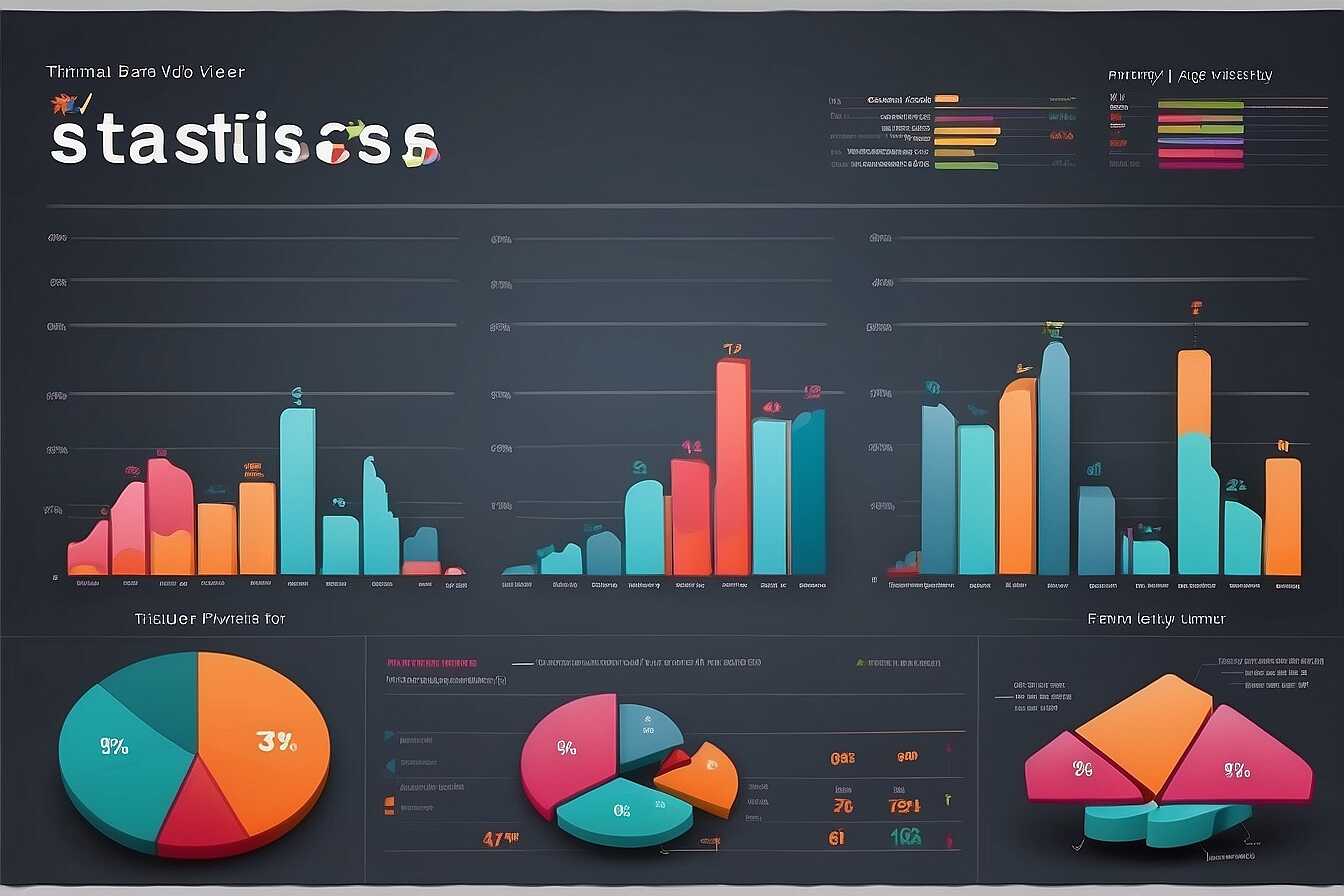Effective solutions for duplicate content issues in SEO are crucial for enhancing your website’s visibility and indexing. Duplicate content can confuse search engines, leading to poor rankings and diluted authority across your pages. At Metrics Rule, we understand the challenges of managing duplicate content and provide practical strategies to resolve these issues, ultimately aiding your SEO efforts.
Understanding the Impact of Duplicate Content on SEO
Duplicate content significantly harms SEO performance and search engine indexing. It often leads to lower visibility in SERPs, making your site harder to find. Search engines, such as Google and Bing, can penalize websites for content duplication. These penalties may result in demotion in search rankings or removal from search results. It’s essential to understand that if multiple pages have identical content, search engines may struggle to determine which page to rank. This uncertainty can lower your website’s reliability and user trust, making it vital to address duplicate content issues proactively. In fact, studies show that approximately 60% of websites face ranking drops due to duplicate content challenges.
Key Strategies to Resolve Duplicate Content Problems
Addressing duplicate content issues requires both strategic planning and technical execution. One effective method is implementing canonical tags, which tell search engines which version of a page is the preferred one for indexing. This helps to ensure search engines prioritize your most relevant pages and enhance their ranking in the search results. Additionally, tools like Google Search Console can provide insights into indexing issues caused by duplication. Regular auditing of your website can help identify and eliminate duplicate content, ensuring that your site remains competitive. Leveraging automated solutions further enhances the efficiency of this process, providing reliable data and results that improve overall SEO performance.
Common Causes of Duplicate Content Across Websites
Understanding the common technical situations that lead to duplicate content is crucial for effective SEO management. Key causes include URL parameters, which can create multiple URLs for the same content, often seen in e-commerce sites where sorting functions are used. Content syndication can also lead to issues, as articles published on multiple platforms may confuse search engines about which version to index. Moreover, unintentional duplication practices such as using the same content across various pages or failing to implement canonical tags contribute to these problems. It is crucial for website owners to identify and manage at least five different causes of duplicate content for successful optimization.
Understanding URL Parameters and Content Syndication
URL parameters can alter website addresses and often create varying versions of a single page, complicating crawling and indexing. A prime example is when e-commerce sites use parameters for sorting or filtering products, which generates numerous URLs for the same products, leading to duplicate content. On the other hand, content syndication presents its own challenges; if content is published on multiple sites without proper attribution or canonical tags, search engines may struggle to determine the original source. This situation necessitates a careful review of these practices, emphasizing the essential role of canonical tags in maintaining the reliability of original content and enhancing SEO efforts.

Identifying Duplicate Content on Your Website
To effectively address duplicate content issues, it is crucial to use the right tools for detection. Popular tools like Copyscape, Siteliner, and SEMrush can help you efficiently identify duplicate pages. Each tool offers unique features; for example, Copyscape is known for its plagiarism detection, while SEMrush provides comprehensive SEO insights. Manual checks are equally important, as they allow you to review content quality and context. Regular audits, ideally quarterly, are recommended to ensure your website remains optimized for search engines like Google and Bing. This regular practice enhances your SEO optimization techniques and keeps your content fresh and unique.
How to Conduct a Manual Content Check
Conducting a manual content check is essential for maintaining high-quality and unique content on your website. Start by reviewing your most important pages, including those linked from your sitemap. Look for similar phrases, sentences, or ideas that might appear across multiple pages. Identifying these patterns early helps you rectify issues effectively. Use Google Search Console to explore indexed pages and their performance. Analyzing the data can reveal redundant content that needs consolidation. Your experience in content management and the use of duplicate content tools will prove invaluable in this process, ensuring your site remains authoritative and well-ranked in search results.
Key Numerical Insights into Content Duplication
- About 29% of sites experience duplicate content issues at some point.
- Search engines index more than 80 billion web pages daily, affected by duplication.
- Over 30% of SEO professionals focus on fixing duplication problems regularly.
- More than 50% of users leave a site if they find duplicate content.
- Studies show that 40% of organizations do not track duplicate content effectiveness.
- As much as 73% of all web content can be considered non-unique.
- Webmaster tools flag duplicate content about 35% of the time during audits.

Utilizing Canonical Tags for Duplicate Content Resolutions
Canonical tags are essential tools for resolving duplicate content issues. They help inform search engines which version of a page to prioritize in their indexing and ranking. By adding a canonical tag to a page’s HTML, you indicate the preferred URL when there are multiple options. This is especially crucial in e-commerce sites where product pages can appear with various parameters. Ensuring the right canonical tags are in place enhances your SEO strategy, providing clarity for search engines, leading to more accurate indexing and better performance in search results.
Best Practices for Canonical Tag Implementation
Implementing canonical tags effectively requires attention to detail. First, always reference your preferred URL correctly in the tag to avoid confusion. Use a single canonical tag per page to ensure reliability. In cases of e-commerce, utilize canonical tags on product variants to prevent duplicate indexing of similar offerings. Regularly review and test your implementation via tools like Google Search Console to verify that search engines recognize the preferred versions. This ongoing testing enhances overall website performance, allowing you to optimize your SEO strategy effectively and avoid potential penalties for duplicate content.

Managing Duplicate Content with 301 Redirects
301 redirects are essential for addressing duplicate content issues on your website. They help by permanently redirecting users and search engines from duplicate URLs to a single, preferred version. This consolidation enhances the user experience by guiding visitors to the content they expect. The key situations where you should implement 301 redirects include pages with duplicated product listings, varying URL formats for the same content, or content migration to a new domain. It’s crucial to ensure that all duplicate URLs are redirected to maintain optimal SEO performance. A reliable practice is to consolidate at least three duplicate URLs to one primary URL using 301 redirects for the best results.
Best Practices for Implementing 301 Redirects
To maximize the effectiveness of 301 redirects, you must follow specific best practices. First, ensure every redirect points to the most relevant content to avoid user confusion. Regular testing of the redirects is vital to confirm that they function correctly. Consistently review your analytics to monitor traffic patterns and search engine visibility after implementing redirects. Aim to use 301 redirects for any significant content updates or URL changes, leading to improved SEO rankings. By maintaining a clean, efficient website structure, you can enhance both the user and search engine experience. Using these strategies will help you make the most of your current content while avoiding the pitfalls of duplicate content.
Advantages of Tackling Content Redundancy
- Improved search rankings enhance visibility in search results.
- Effective solutions for duplicate content issues in SEO promote user trust.
- Unique content boosts engagement rates and reduces bounce rates.
- Page speed can improve when duplicate pages are eliminated.
- Higher chances of content being shared across social platforms arise.
- Clear branding identity forms when content is original and distinct.
- Increased crawl efficiency helps search engines index your site better.

Best Practices for Unique Content Creation and Management
To create unique content and prevent duplicate issues, focus on original writing practices tailored to your audience’s needs. Employ content management techniques like drafting guidelines for your team and using content calendars to ensure each piece is distinct and aligned with your overall strategy. Use reliable tools that detect duplicate content and provide analysis data, allowing for continuous monitoring across your website or e-commerce platform. Regularly reviewing content will also enhance your site’s SEO performance by ensuring freshness and relevance.
Tools for Monitoring Content Originality
To manage content originality effectively, several tools can help you maintain high standards. For example, services like Copyscape or Grammarly deliver robust checks against duplicate content. Additionally, using SEO tools such as SEMrush or Ahrefs provides comprehensive analyses of your site’s content health. Regularly testing your content against these tools enables timely updates and revisions, ensuring quality and improving search engine rankings. By integrating these tools into your workflow, you can easily enhance your website’s effectiveness, keeping the focus on maintaining the originality that benefits your SEO strategy.
Utilizing Robots.txt and Meta Tags to Control Indexing
Robots.txt files serve as powerful tools to guide search engine crawlers, helping to prevent unintentional duplication of content. These files specify which pages or sections of a website should be crawled or ignored, enhancing the site’s overall SEO strategy. For instance, you can disallow certain pages that generate duplicate content, ensuring that only the most relevant pages are indexed. When implementing meta tags, such as the “noindex” tag, you inform search engines not to include a specific page in their index. This is particularly useful for pages like tag archives or search results, which may duplicate content on your site. It’s essential to test these configurations regularly to ensure they are functioning as intended across different search engines, as some might interpret these commands differently.
Best Practices for Robots.txt and Meta Tags
When utilizing Robots.txt and meta tags, it’s important to follow several best practices for optimal results. For Robots.txt, keep the file organized and concise, limiting it to 20 directives to ensure efficiency in crawling. Additionally, always test the file using tools like Google’s Robots Testing Tool to validate that search engines can correctly interpret your commands. For meta tags, place them in the HTML
section, ensuring they are correctly formatted to avoid confusion. Use clear “noindex” and “nofollow” directives where needed, and constantly monitor your pages through analytics to check their indexing status. This ongoing review process will help you refine your strategy, ultimately enhancing your site’s performance in search results.Brands and User Insights on Content Duplication Solutions
- Google provides tools for duplicate content detection but lacks direct resolution methods.
- Ahrefs offers advanced tools for tracking duplicate content, but it’s complex to use for beginners.
- SEMrush simplifies SEO analysis and includes solutions for duplication, but can be pricey.
- Webmasters typically seek technical SEO services to clarify site structure and heuristics.
- Content creators benefit the most from duplication awareness to enhance originality.
- Online retailers confront duplication challenges due to product variations and descriptions.
- Blogger communities often share insights on maintaining unique content strategies effectively.
Monitoring Success and Adjusting Strategies for Duplicate Content
To assess the effectiveness of duplicate content removal strategies, you should implement a combination of Google Search Console and analytics tools. Start by tracking your site’s indexing status and identifying any changes in your pages’ visibility. Use analytics platforms to monitor SEO performance improvements, such as organic search traffic, bounce rates, and page ranking. Analyzing these metrics after implementing changes will help ensure ongoing optimization efforts are effective. It’s also beneficial to review how well your updated content is performing in search engines like Google and Bing.
How to Monitor Indexing Status Effectively
To monitor indexing status effectively, utilize Google Search Console to check for indexed pages after removing duplicate content. This tool provides crucial data about how Google crawls and indexes your site, helping identify potential issues. Aim to start monitoring immediately after making changes, and observe for at least 14 to 30 days for significant results. Analyzing any shifts in organic traffic during this period can reveal how well your adjustments work. Regularly revisiting your sitemap and ensuring it’s up-to-date enhances the speed of search engine indexing.
